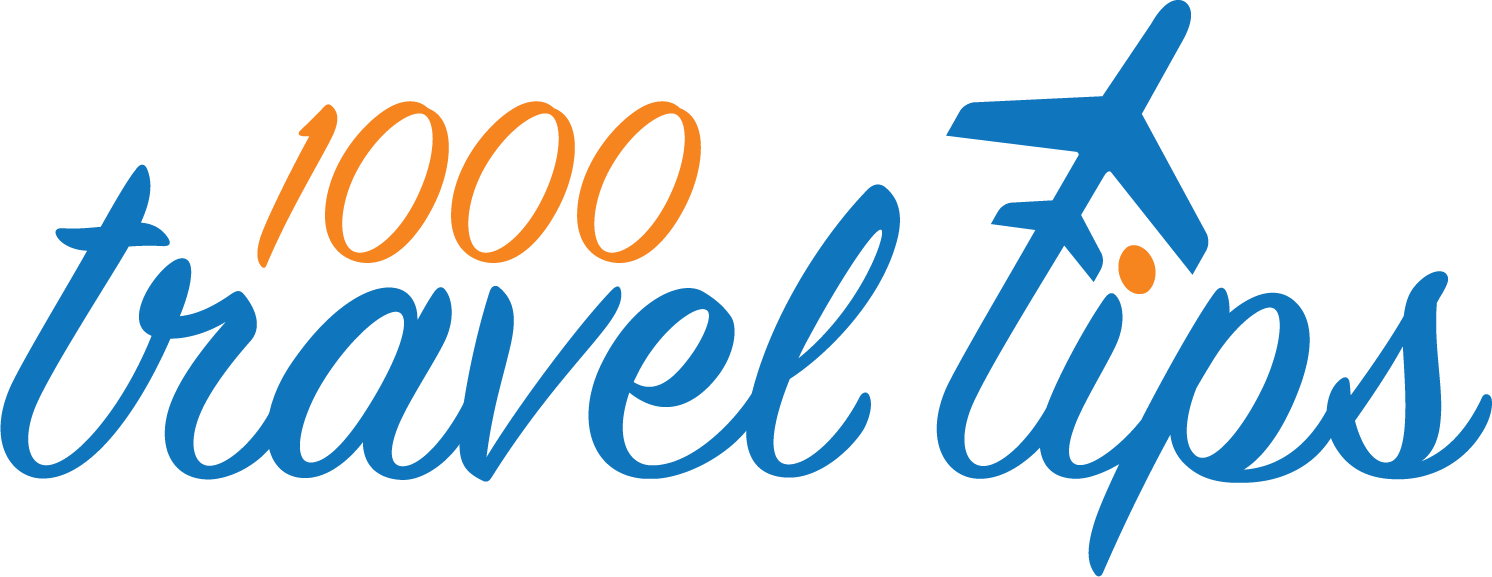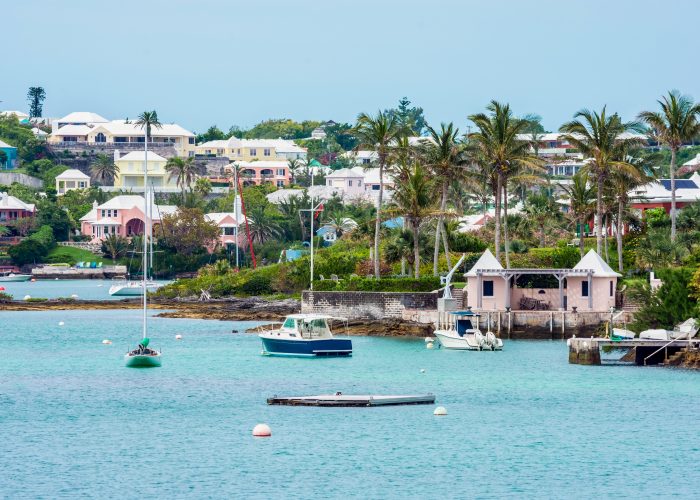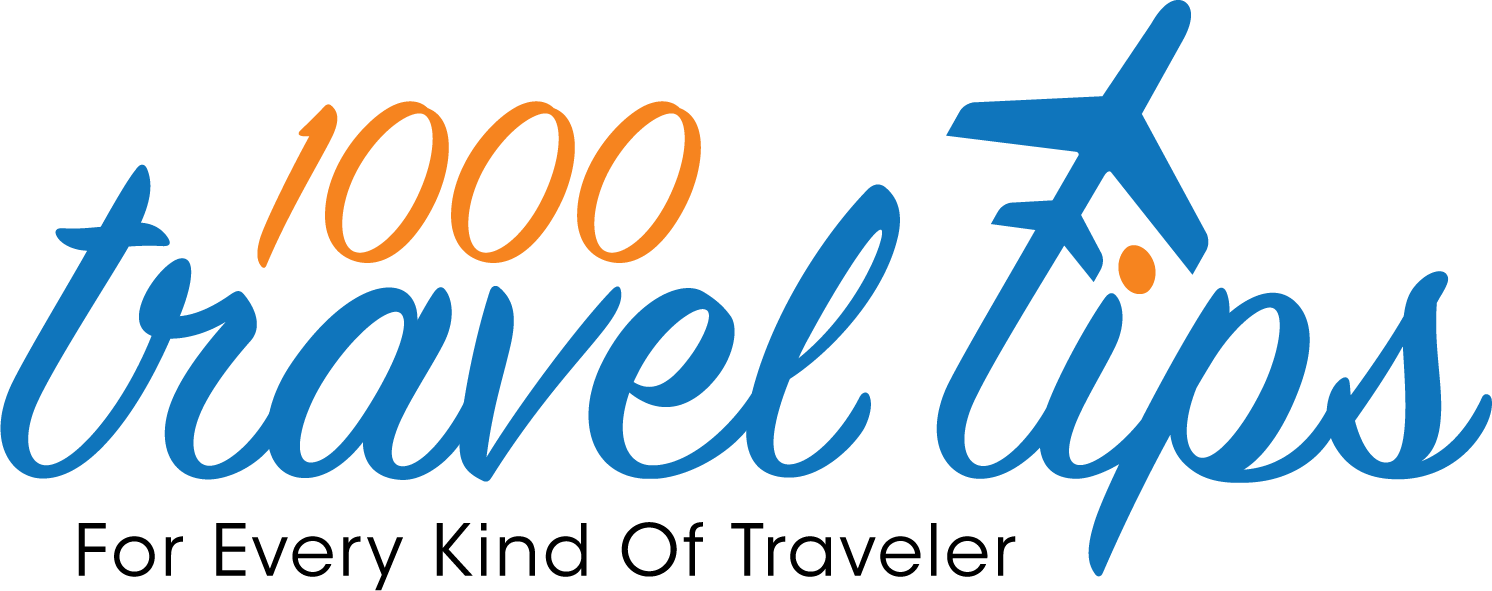Tips for Traveling to Cuba
![]() Now that the U.S. embargo has been lifted, Cuba is quickly becoming a hotspot for American travelers. It’s not necessarily that easy though. Here are eight things to know if your traveling to Cuba in 2016.
Now that the U.S. embargo has been lifted, Cuba is quickly becoming a hotspot for American travelers. It’s not necessarily that easy though. Here are eight things to know if your traveling to Cuba in 2016.
1. Restrictions still exist
While President Obama significantly reduced restrictions, they aren’t over yet. You can now travel to Cuba individually–rather than only as part of a group, but the U.S. Government still poses certain limitations when doing so. U.S. citizens can travel to Cuba for one of 12 reasons: family visits, education and support for the Cuban people being a few. Permission does not need to be granted ahead of time but be prepared to verify one of these legitimate purposes of your trip. Check here for more details. Remember that this is only a U.S. imposed restriction, the Cuban government welcomes visitors.
It’s worth noting that it is believed to be unlikely that anyone will confirm whether or not you actually did what you said you would while in Cuba.
2. You need a Tourist Card
You need to obtain a 30-day tourist card (visa) prior to departing the U.S.. Major U.S. visa service agencies are not yet equipped to issue such cards. On flights from Cancun, Nassau and Canada, airlines often sell them. U.S. airlines that are granted Cuban routes will likely do the same. The best bet right now is to check with tour operators that currently offer tours to Cuba. Proof of travel insurance is also necessary when traveling from the U.S. to Cuba.
3. Scheduled flights begin Fall 2016
U.S. airlines must apply for rights to fly from the U.S. to Cuba, which most major carriers have done. Some applied to beach destinations such as Varadero, but Havana is most popular among U.S. carriers. If you don’t want to wait, you can take a charter flight or fly existing routes from Canada, Cancun or Nassau. Ferry trips from Key West to Havana are also expected to begin soon, in case flying isn’t your thing.
4. Money is no issue
There are two different currencies in Cuba: the peso (CUP) and the “convertible peso” (CUC). The CUC’s value is linked to the American dollar, and one CUC is worth 25 CUP. CUP is best for paying local merchants and vendors. While U.S. citizens can now spend money in Cuba without a problem, there is a 10% surcharge on U.S. dollars so it’s best to carry local cash. Canadian dollars, euros or pounds are better, too.
U.S. banks can now do business in Cuba, but U.S. issued credit and debit cards are still iffy. While most major cards are accepted at some places, such as hotels, not all U.S. banks are set up to do business there. ATMs are sparse, too. The best practice is to exchange U.S. money for Cuban money ahead of time and be sure to check with your card issuers before relying on credit or debit cards in Cuba.
5. Hotel Space is Tough
Just because Americans couldn’t travel there, doesn’t mean Cuba’s tourism industry is nonexistent. Havana, other colonial cities and beach resorts are popular destinations for Canadian and European travelers. In fact, both local and European chains have large properties in Cuba. Even so, it’s expected that Cuban hotels won’t be large enough to accommodate the influx of U.S. visitors. These accommodations are not up to the standard of even Cuba’s neighboring countries, especially on the higher end.
Experts recommend using sites like AirBnb for in-home accommodations instead, at least for right now. Starwood recently signed up to manage three of Havana’s top hotels and other large chains are sure to follow.
6. Communication is tough
Landline phone rates from Cuba to the U.S. are insanely high. You’re better off traveling with a VOIP capable phone and making calls over Wi-Fi at your hotel. Don’t rely on internet cafes either, rates are, again, very high. Our advice: disconnect–you’re on vacation.
7. Internal travel by taxi or bus
Taxis are typically available and inexpensive when traveling around Havana. If you want to travel from Havana or another colonial city to one of the beaches, you can travel by bus or plane. Viazul is the main intercity bus operator–one-way tickets from Havana to Varadero is $10 and Havana to Santiago de Cuba is $51. Cubanacan buses pick up and drop off at hotels instead of bus stations, but are more expensive. Flights from Havana to Santiago de Cuba on Cubana are $135.
The State Department warns about unlicensed taxis, local public buses, co-co three wheelers and discourages driving rental cars in Cuba.
8. Bring it home
Dying for some Cuban rum or cigars to enjoy in the U.S.? You can now bring a combined maximum value of $100 in liquor and cigars. Choose wisely!
More from SmarterTravel:
- 12 Destinations That Should Be on Your Radar in 2016
- What I Packed: Miami – Cuba – Eastern Europe
- 16 Things You Think You Know About Cuba That Aren’t Actually True
Ed Perkins, SmarterTravel.com | April 1, 2016







I wasn’t aware that scheduled flights don’t start for another several months. I have a friend who has some connections with a charter company, so I may be able to get in that way, but it’s good to know that I’m going to have to go that way if I want to fly. A ferry is another possible option, I suppose, but I think I’d prefer flying. Thanks for the heads up!
April 19, 2016